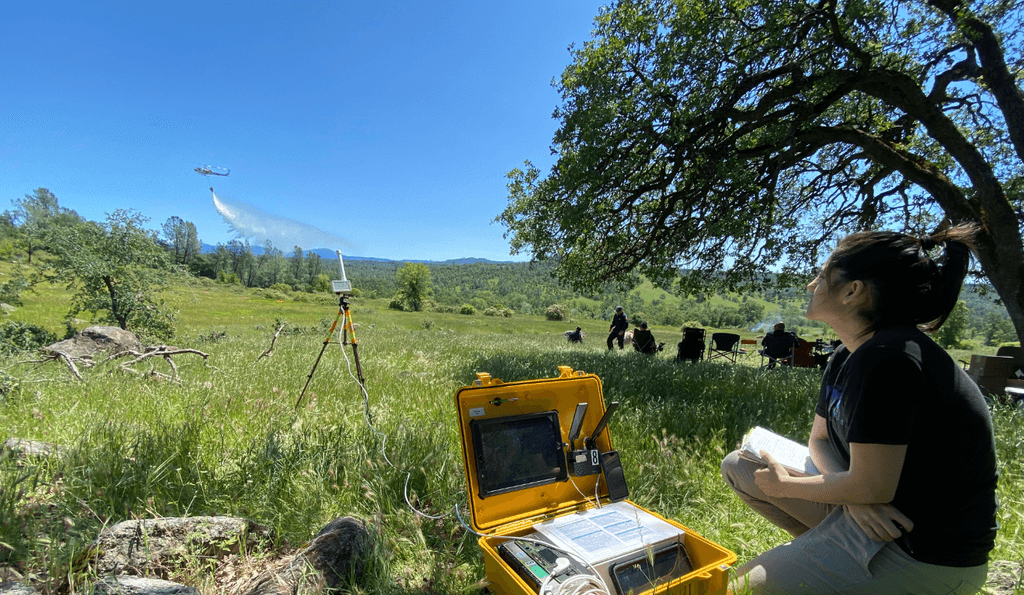May 21, 2024
NASA ACERO Program



Overview
EcoAero had the opportunity to attend a presentation by Spencer Monheim, Second Shift Capabilities Lead at NASA Aeronautics in the NASA Ames Research Center, Mountain View, California. Monheim holds an undergraduate degree in astrophysics from UC Santa Cruz and began his career at NASA as an intern, later transitioning to a contractor role before becoming a full-time employee at NASA ACERO. The NASA's Advanced Capabilities for Emergency Response Operations (ACERO) is a program within the Ames Research Center that develops and implements NASA technologies to combat wildfires and coordinate with firefighting teams.
Wildland fires are increasing in frequency and severity, particularly in California, where fire seasons are lengthening. Peak fire seasons now begin in July, compared to August in previous years. Fires have also grown larger and more extreme in behavior: since 1984, the proportion of burned land suffering "severe damage" has increased from 5% to 23%. Current aerial firefighting operations are limited to daytime hours and clear visibility conditions, typically 4 to 6 hours per day. Existing technologies, such as air tankers for aerial suppression, are constrained by these limitations. Many of the technologies currently used by first responders are legacy systems developed some time ago and are not considered modern.
NASA is collaborating with partners in both government and the private sector to improve wildland fire management. Various wildfire responses include fire suppression, delivering equipment to ground crews, and providing communication relays in areas with limited connectivity. NASA is also developing potential responses such as increased use of drones for prescribed burns (which can help prevent larger fires) to eliminate dead brush. However, using drones for fire suppression presents challenges, such as achieving precise and effective drops while efficiently reloading water or retardant. NASA proposes using drones for these tasks as a safer alternative to piloted helicopters or ground crews, especially in low visibility conditions. Additionally, NASA plans to incorporate artificial intelligence to assist with fire detection, leveraging its effectiveness and potentially lower error rates compared to human observers.
The following questions were posed to Spencer Monheim regarding current developments:
Q: How are you addressing the power requirements for drones to deliver heavy payloads?
A: For smaller drones, lithium-powered batteries are planned due to their effectiveness. Larger drones, comparable in size to helicopters, will likely utilize combustion engines burning fossil fuels.
Q: How does NASA plan to create trajectories for drones and prevent collisions?
A: NASA employs an Unmanned Aircraft System Traffic Management (UTM) system, which uses vehicle coordinates to create virtual "boxes" around each drone, constraining their movements to prevent collisions.
Q: When will this technology be deployed?
A: NASA's role is to create prototypes or reference implementations for internal testing. Once completed, the technologies are transferred to other agencies, such as the FAA, for potential implementation. This process occurs annually.
Q: What are some of the challenges NASA has faced in this development?
A: One of the primary challenges is integrating new technologies into existing firefighting practices without disrupting current operations. The goal is to enhance the capabilities of fire responders while ensuring that the new technologies are accessible and beneficial to those already performing their jobs effectively.